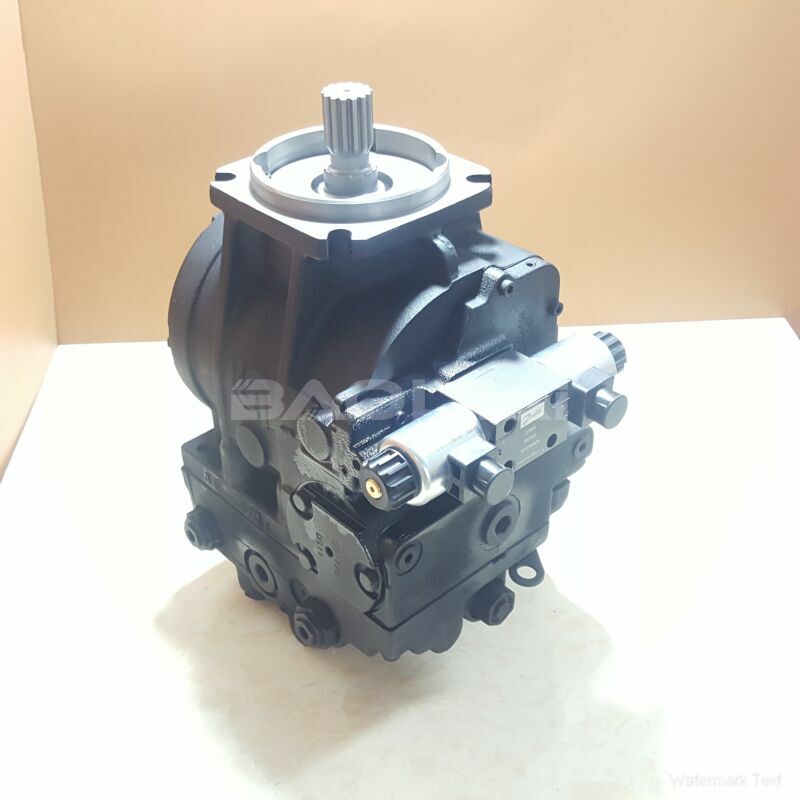90L130KN1NN80R4F1F03GBA353524 danfoss pump
90L130KN1NN80R4F1F03GBA353524 danfoss pump

- Product Details
- Applicable Scene
Hydraulic pumps serve as the heart of numerous heavy-duty industrial applications, providing the necessary force to operate equipment such as excavators, forklifts, and conveyors. Ensuring maximum hydraulic pump output is vital for efficiency, performance, and longevity of the equipment. Here are several strategies to enhance the output of hydraulic pumps in industrial settings.
90L130-KN-1-NN-80-R-4-F1-F-03-GBA-35-35-24
90L130KN1NN80R4F1F03GBA353524
Understanding the System Requirements

83067553
Before making any modifications, it is essential to understand the specific demands of the system. Each heavy-duty application has unique pressure and flow requirements. Analyze the manufacturer’s specifications and operating conditions to ensure that the hydraulic pump is suited for its intended use. This foundational knowledge allows for better optimization and performance tuning.
Selecting the Right Pump
Choosing the proper type of hydraulic pump is crucial for maximizing output. There are several types of hydraulic pumps—gear, vane, and piston pumps—each designed for different applications. For heavy-duty tasks requiring high pressure and flow rates, piston pumps are often the best choice due to their efficiency and reliability. Evaluating factors such as the viscosity of the hydraulic fluid and operating environment will aid in selecting the most suitable pump.
Optimizing Hydraulic Fluid
The hydraulic fluid plays a significant role in determining the output of the hydraulic pump. Using the correct type and viscosity of hydraulic fluid is critical for ensuring optimal performance. It is essential to follow the manufacturer’s recommendations regarding fluid characteristics to reduce internal losses, enhance lubrication, and minimize wear. Regularly monitoring and maintaining fluid quality—such as checking for contamination and moisture—will prevent pump degradation and ensure consistent output.
Maintaining Consistent Operating Conditions
Hydraulic pumps operate best under stable temperature and pressure conditions. Ideally, the fluid should remain within the recommended temperature range to prevent overheating or fluid degradation. Installing cooling systems can help regulate temperature in high-demand environments. Additionally, maintaining proper inlet pressure and ensuring all seals and connections are intact will reduce the risk of air leaks or cavitation, which can diminish pump performance.





